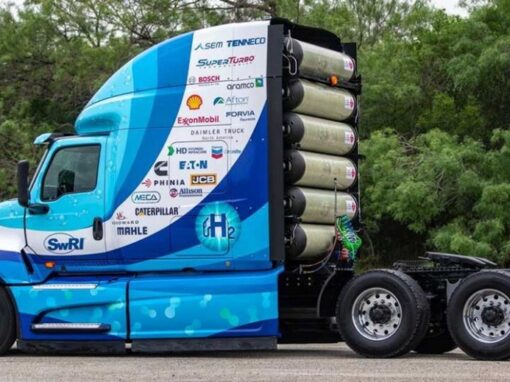On March 21, the U.S. Department of Energy (DOE) issued three Pathways to Commercial Liftoff reports, charting pathways to commercialize long-duration storage, advanced nuclear, and clean hydrogen. These reports are a department-wide initiative to strengthen engagement between the public and private sectors to accelerate the commercialization and deployment of crucial clean energy technologies.
More specifically, the report, Pathways to Commercial Liftoff: Clean Hydrogen, indicates that, although there is increased investor engagement and project announcements, challenges such as infrastructure buildout, demand uncertainty, and workforce development must be addressed for clean hydrogen to realize its full potential.
Nonetheless, the report asserts that the hydrogen market is poised for rapid growth in the United States due to funding for nationwide Hydrogen Hubs, multiple tax credits under the Inflation Reduction Act, the DOE’s Hydrogen Shot, as well as urgent decarbonization goals that have been set across the public and private sector. By utilizing clean hydrogen, the report claims that it can play a role in:
- Decarbonizing up to 25% of all energy-related emissions throughout the world
- Scaling domestic demand from < 1 million metric ton per year (MMTpa) to ~10 MMTpa in 2030 and 50 million metric ton per year by 2050 for domestic demand across upstream, midstream, and end-use sectors
- Reducing overall U.S. CO2 emissions by 10% versus 2005 baseline levels by 2050
The next three years will see ‘near term expansion’, followed by industrial scaling from 2027-2034.
The key takeaways from the report are the following:
- Currently announced clean hydrogen production projects would meet 2030 demand
- Midstream and downstream costs can more than double the delivered price of hydrogen for some offtakers
- Transportation and industrial segments are expected to make up >90% of total hydrogen demand by 2050 – with clean ammonia, methanol, biofuels, fuel cell-based road transportation, and synfuels for aviation comprising the majority of this volume
- $85 – $215 billion of cumulative investment is required to scale the domestic hydrogen economy through 2030
- The hydrogen economy can create ~100,000 net new direct and indirect jobs related to the build-out of new hydrogen infrastructure and an additional ~120,000 direct and indirect jobs related to the operations and maintenance of hydrogen assets by 2030
- The United States could emerge as a net exporter of hydrogen and hydrogen derivatives if it can capitalize on its domestic advantages
- Addressing the highest priority, near-term challenges in the hydrogen economy will ensure continued market acceleration consistent with the U.S. DOE Clean Hydrogen Strategy and Roadmap
- Cross-cutting solutions such as investing in the development of midstream infrastructure and securing supply chain investments will address key challenges to commercialization
Given the constantly and rapidly evolving market, technology, policy environment, and community needs and concerns, the Liftoff report is designed to be a “living document.” It will be updated as the commercialization outlook on each technology evolves in the coming months. DOE welcomes input and feedback on the contents of this Pathway to Commercial Liftoff.
To read the full report, please click here.



